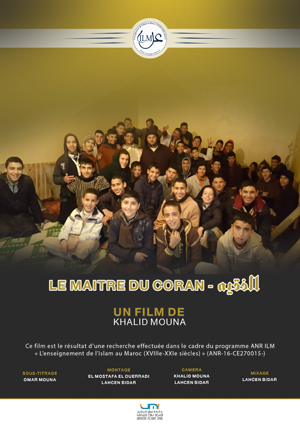Collective recitations of the Qur’an are a traditional cultural and religious expression in Morocco that are praised and promoted by religious authorities. Among tamazight-speaking (Berber) populations of southern Morocco, a singular expression of this tradition, the taḥzzabt, attracts controversy and criticism. Whereas conventional collective recitations of the Qur’an are relatively static, and smooth, the taḥzzabt is energetic and rough, as well as loud, rising towards a perfectly synchronised crescendo. The high volume of the taḥzzabt is, in fact, an exuberant, collective approach to declaiming the sacred text. Taḥzzabt recitations are driven by a spirit of competition, celebration, and playfulness, and above all a desire to demonstrate flawless memorisation of the Qur’an. This article describes and contextualises this vocal practice, illustrating both its complexity and its ambivalence as a religious phenomenon and exploring the correlation between its aesthetic qualities and the anthropological factors that underlie it.
Anis Fariji, « Shouting the Qur’an: exuberance and playfulness in the taḥzzabt – collective recitation – in Morocco », Ethnomusicology Forum, vol. 29, no 2, Routledge, 2020, p. 166‑186. Doi : https://doi.org/10.1080/17411912.2020.1793683.
https://www.tandfonline.com/doi/full/10.1080/17411912.2020.1793683






